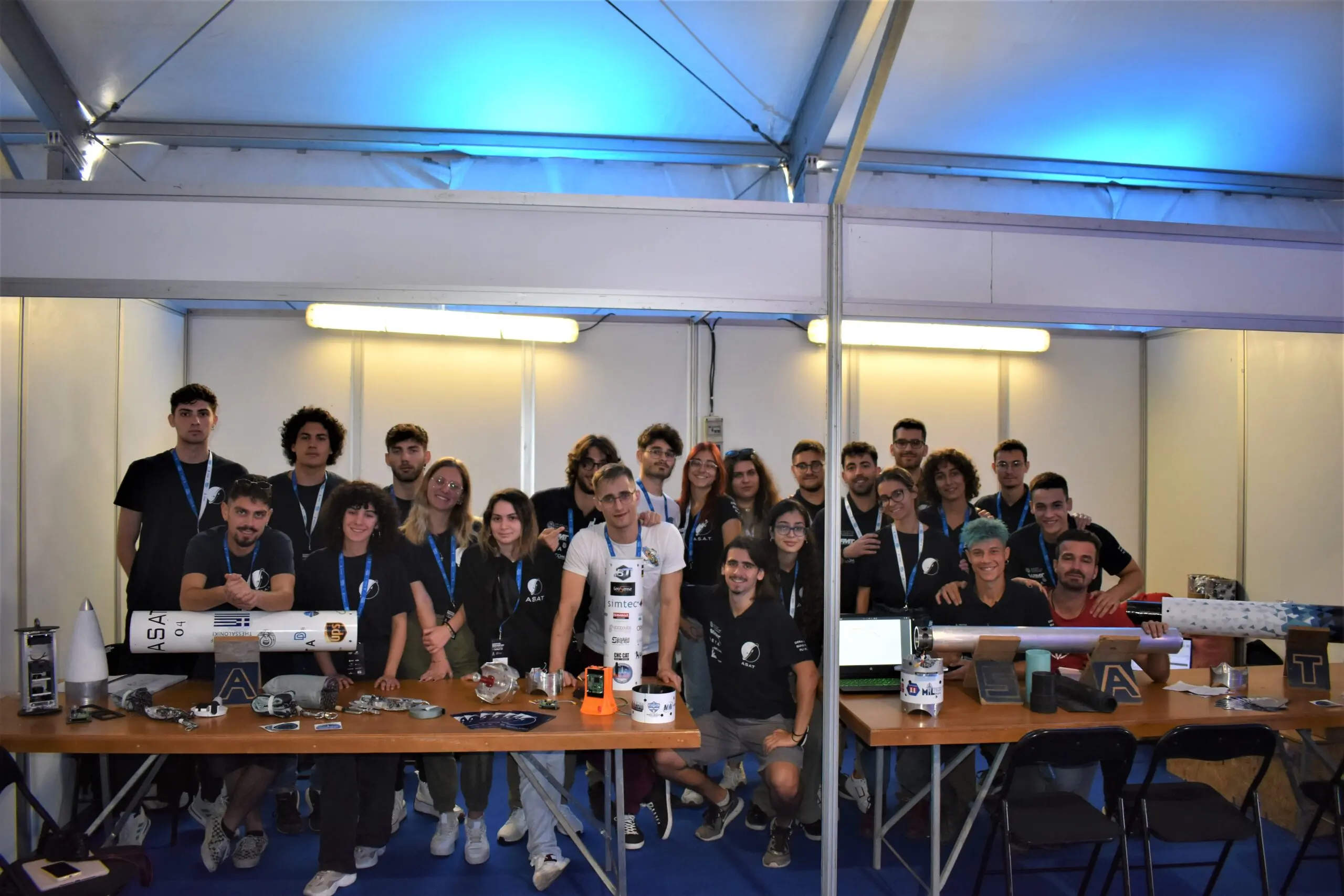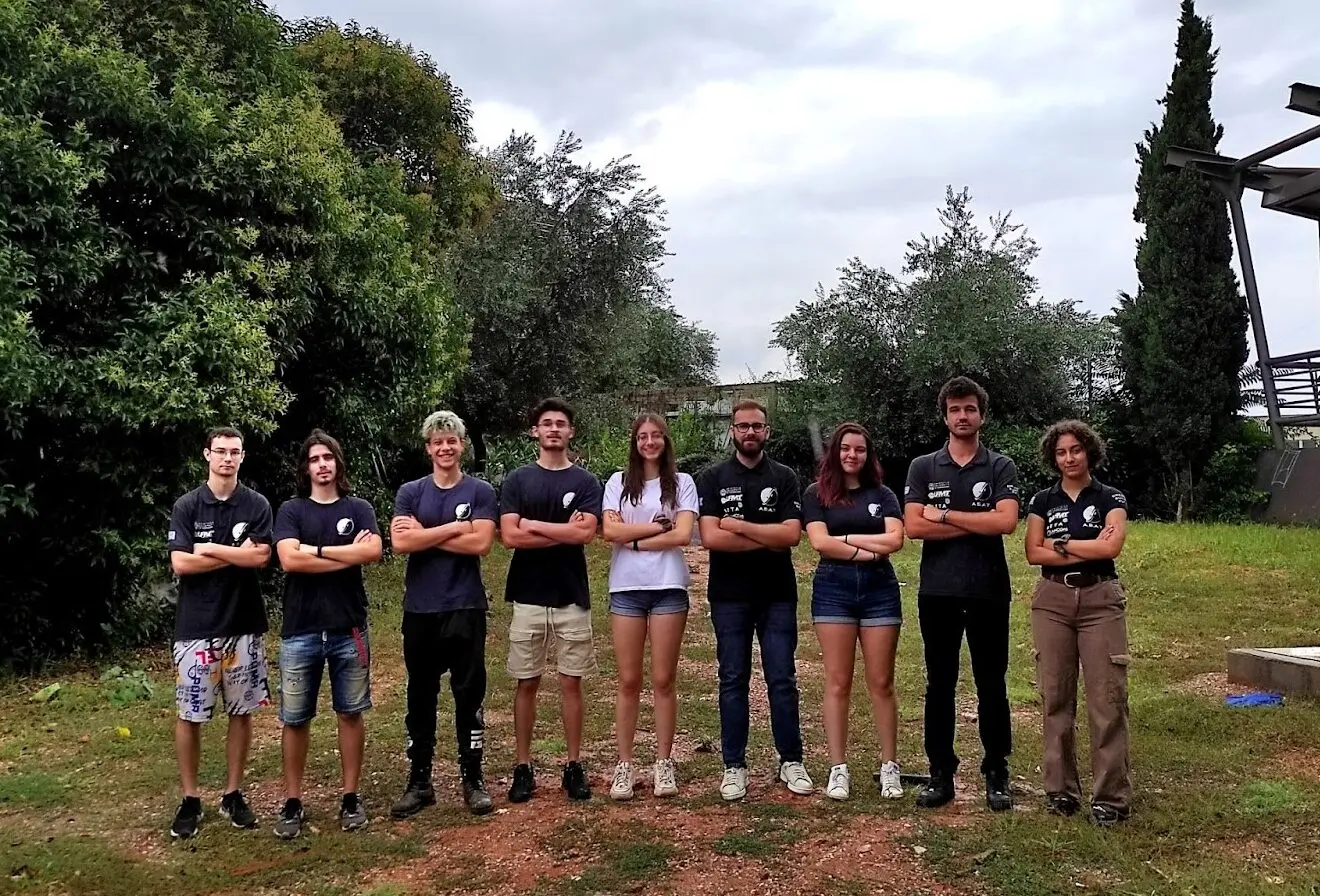In July 2022, our team achieved another important distinction as it participated and stood out for the 3rd time in a row in the international aeronautical engineering competition, Air Cargo Challenge (ACC).
The Air Cargo Challenge is a student competition, held every two years by the winning student team from the previous competition, for which participants are required to design an unmanned aerial vehicle (UAV) capable of flying with the largest possible payload according to the rules set by the competition
The UAV will have to carry a payload for a specific mission. The team’s score is not only given by the performance demonstrated in the flight part of the competition, but also by the technical quality of the project, through the evaluation of the design report and drawings.

The 2021 competition, after being postponed due to the pandemic, was held on 5-8 July 2022 in Munich. The mission set by the organization was to carry blood bags as cargo and cover as much distance as possible in flight. After two successful participations of the Aeronautics Department at the competition, in 2017 and 2019, the team took part in the most recent event with the UAV Aeolus.

The design of Aeolus began in the fall of 2020 based on the specifications set by the competition regarding the dimensions of the airplane and the propulsion system (propeller, motor, battery). The team worked hard and in an organized way, paying attention to every detail of the design and construction of Aeolus. After making some adjustments to optimize its aerodynamic behavior, the construction of Aeolus started in the beginning of 2022. The fuselage of Aeolus is 1.5 m long, while the empty weight of the aircraft is 3.50 kg.
Due to their high durability, composite materials were chosen for the construction of Aeolus. The main material used is carbon fiber to achieve a durable construction with low weight, while a part of the fuselage is made of fiberglass to allow the control of the UAV. The manufacturing of the individual parts of the aircraft was done by the vacuum infusion process in molds. The propulsion system of the aircraft is specified in the competition rules. The propeller used is the APC 10x6E. The electric motor is the AXI 2826/10 GOLD LINE V2, while the battery chosen is lithium polymer (LiPo) technology, with a nominal voltage of 11.1V. From the combination of parameters, an available power of 260 W was calculated.




With the completion of construction in June 2022, the team successfully carried out test flights in Larissa, which provided important feedback for final improvements. Aeolus successfully performed multiple flights that tested its aerodynamic behavior, structural integrity, and the proper functioning of all electronic components. At the same time, we tested specific aspects of our mission for the Air Cargo Challenge, such as grass take-off and limited distance take-off, and we also tested many different combinations for the cargo to find the best performance between take-off distance and cargo weight.
The team’s presence in Munich began with the technical inspection of Aeolus, which deemed the UAV safe and suitable for participation in the flights. During the competition flights, we decided to focus more on achieving higher speed and shorter take-off distance instead of carrying a large payload weight.

This decision derived from the scoring analysis we carried out before each flight, which showed this option to be the most beneficial one. Thus, Aeolus made a total of five flights: one test flight and four competition flights, all of which were successful. The scoring of the flights was obtained as a combination of parameters such as load weight, maximum altitude, and the total distance travelled by the aircraft during the flight, while the detailed report delivered on the design, technical drawings, and video presentation of the team were also taken into consideration for the final evaluation. The final ranking placed ASAT in the 9th place out of 26 international teams, the highest the team has achieved so far!

The team is proud, as we have managed to showcase our skills, validate the operation of the systems we designed, and gain both new knowledge and unique experience that will be a reference for future projects.
In addition, we had the opportunity to discuss with the other teams, exchange know-how, and, most importantly, fly our UAV, which proved to be very stable and durable, as it did not suffer any damage during the competition. Keeping this journey as food for thought, we are proud of what we have achieved, and we are committed to constantly evolving.
We would like to thank everyone, especially our sponsors, for their support and trust!




